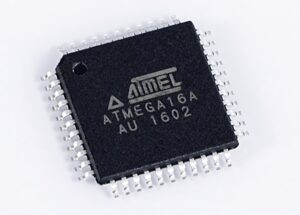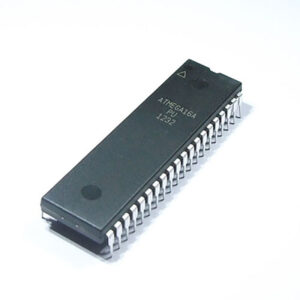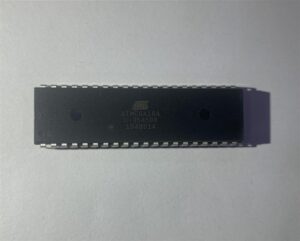Crack AVR Microcontroller ATMEGA16A Flash Memory and readout atmel ic atmega16a locked code from flash memory, the unlocking atmega16a avr secured mcu process will need to use focus ion beam technology.

The Internal Voltage Reference will be enabled when needed by the Brown-out Detector, the Analog Comparator or the ADC. If these modules are disabled as described in the sections above, the internal voltage reference will be disabled and it will not be consuming power. When turned on again, the user must allow the reference to start up before the output is used. If the reference is kept on in sleep mode, the output can be used immediately. Refer to “Internal Volt- age Reference” on page 42 for details on the start-up time.
If the Watchdog Timer is not needed in the application, this module should be turned off. If the Watchdog Timer is enabled, it will be enabled in all sleep modes by readout atmega16a microcontroller software, and hence, always consume power. In the deeper sleep modes, this will contribute significantly to the total current consump- tion. Refer to “Watchdog Timer” on page 43 for details on how to configure the Watchdog Timer.

When entering a sleep mode, all port pins should be configured to use minimum power. The most important thing is then to ensure that no pins drive resistive loads. In sleep modes where the both the I/O clock (clkI/O) and the ADC clock (clkADC) are stopped, the input buffers of the device will be disabled.

This ensures that no power is consumed by the input logic when not needed. In some cases, the input logic is needed for detecting wake-up conditions, and it will then be enabled. Refer to the section “Digital Input Enable and Sleep Modes” on page 55 for details on which pins are enabled to readout firmware from atmega16a flash memory. If the input buffer is enabled and the input signal is left floating or have an analog signal level close to VCC/2, the input buffer will use excessive power.

